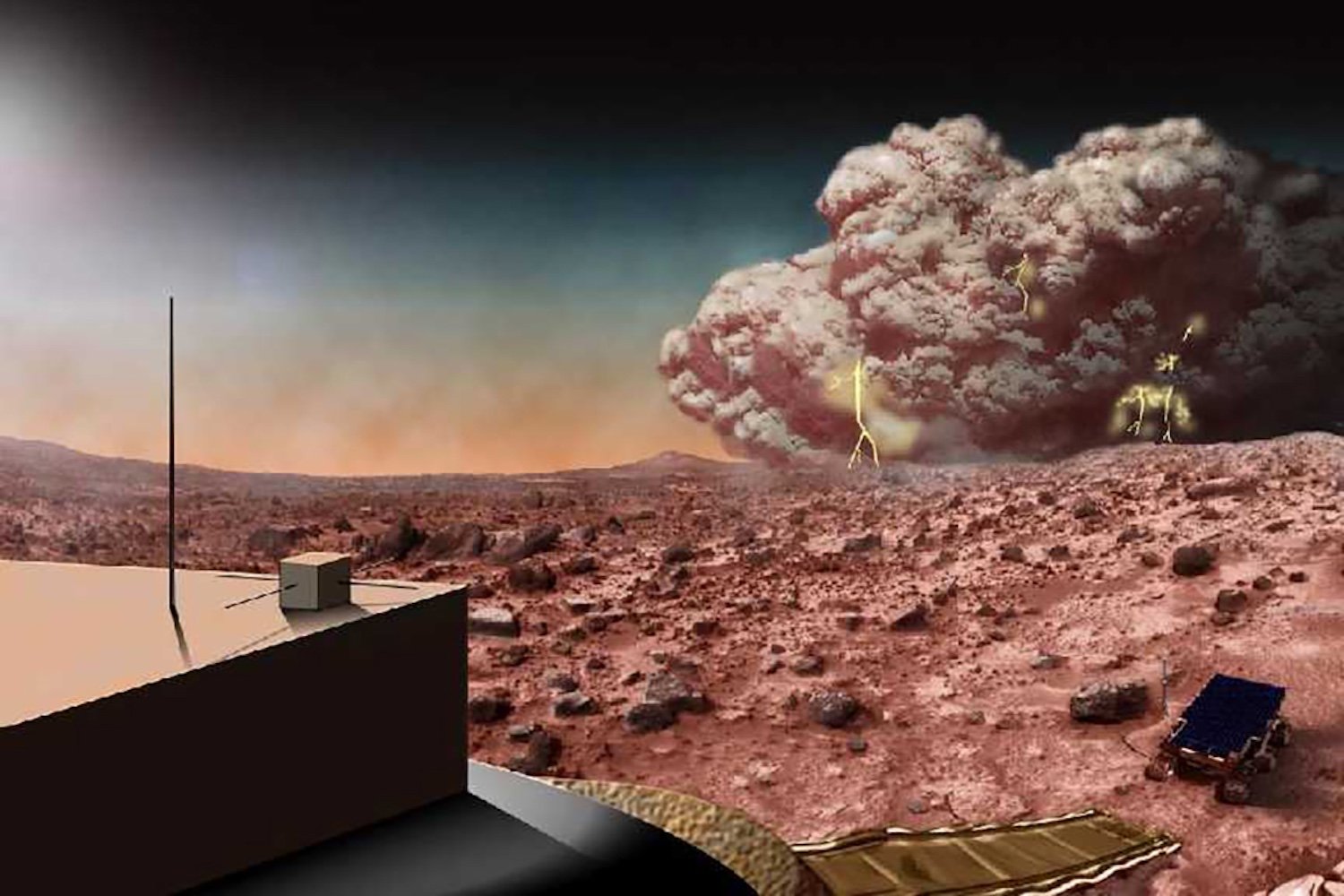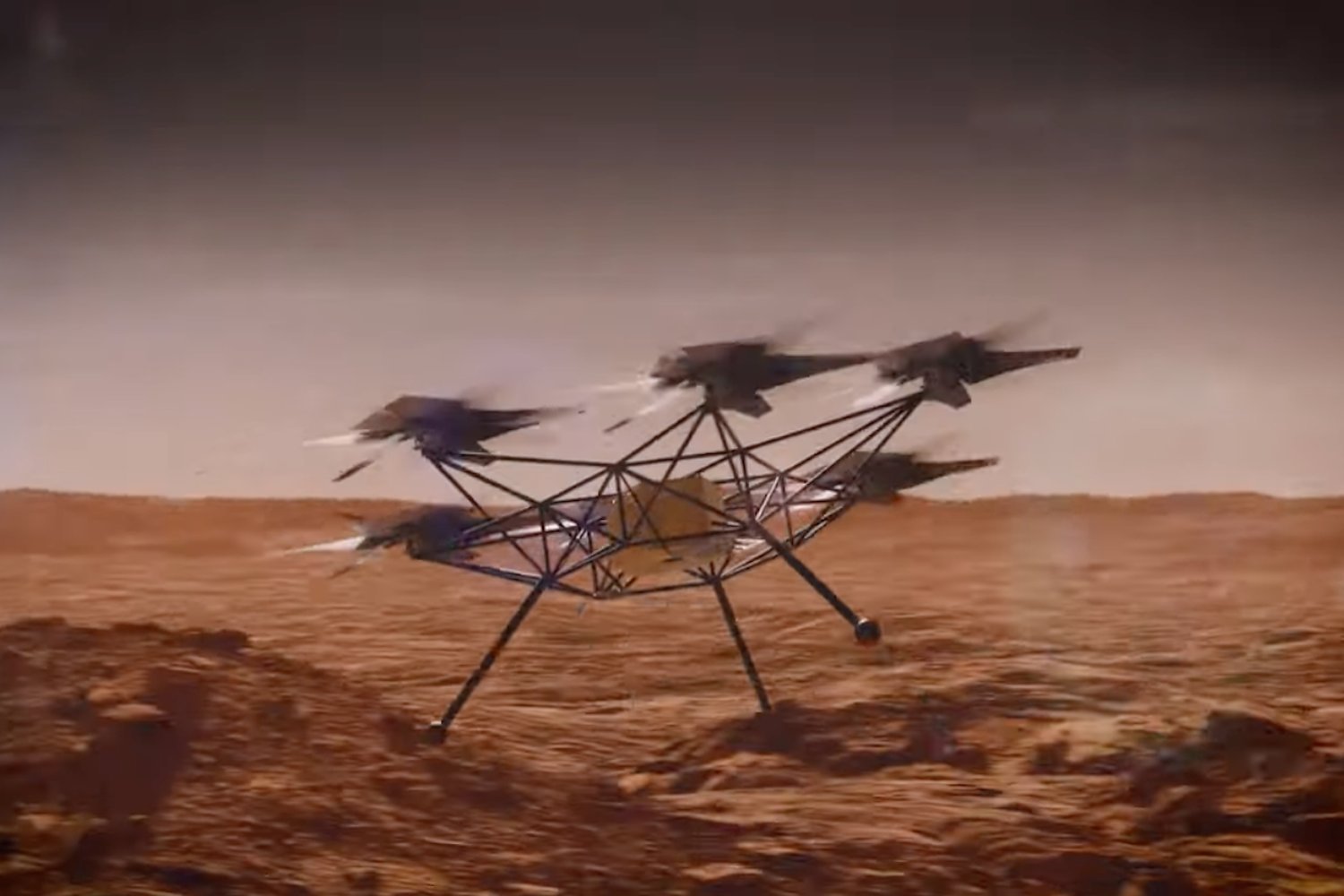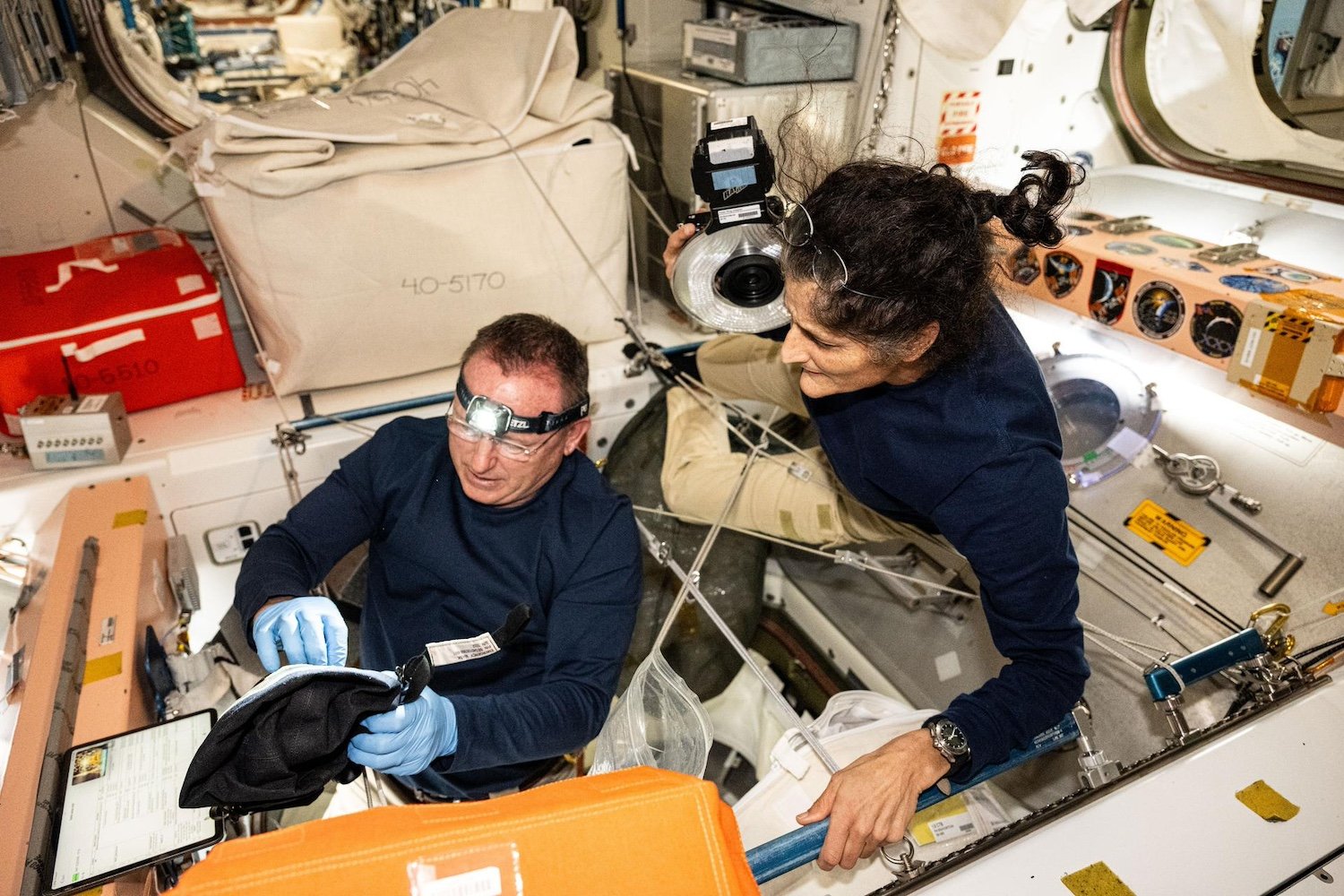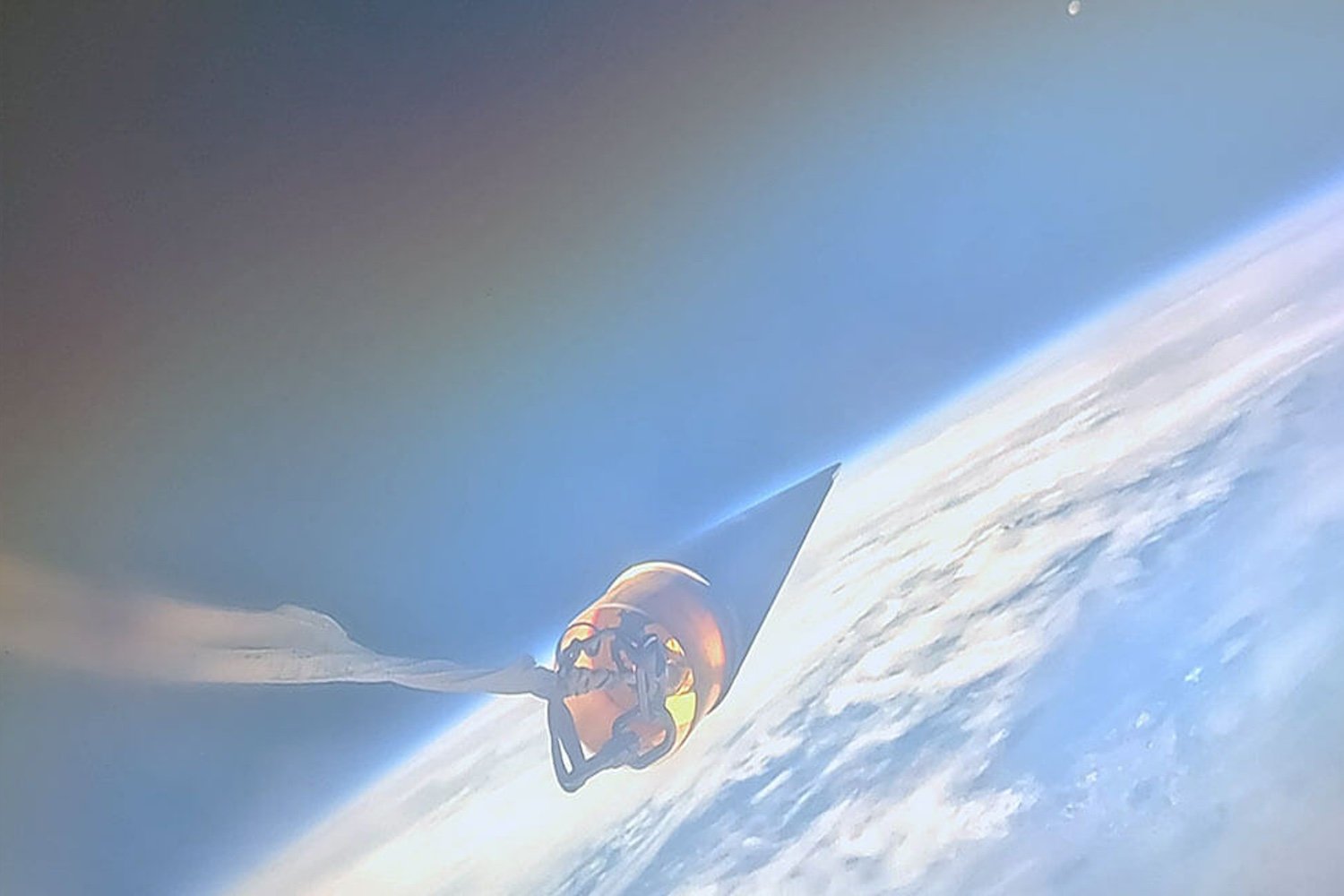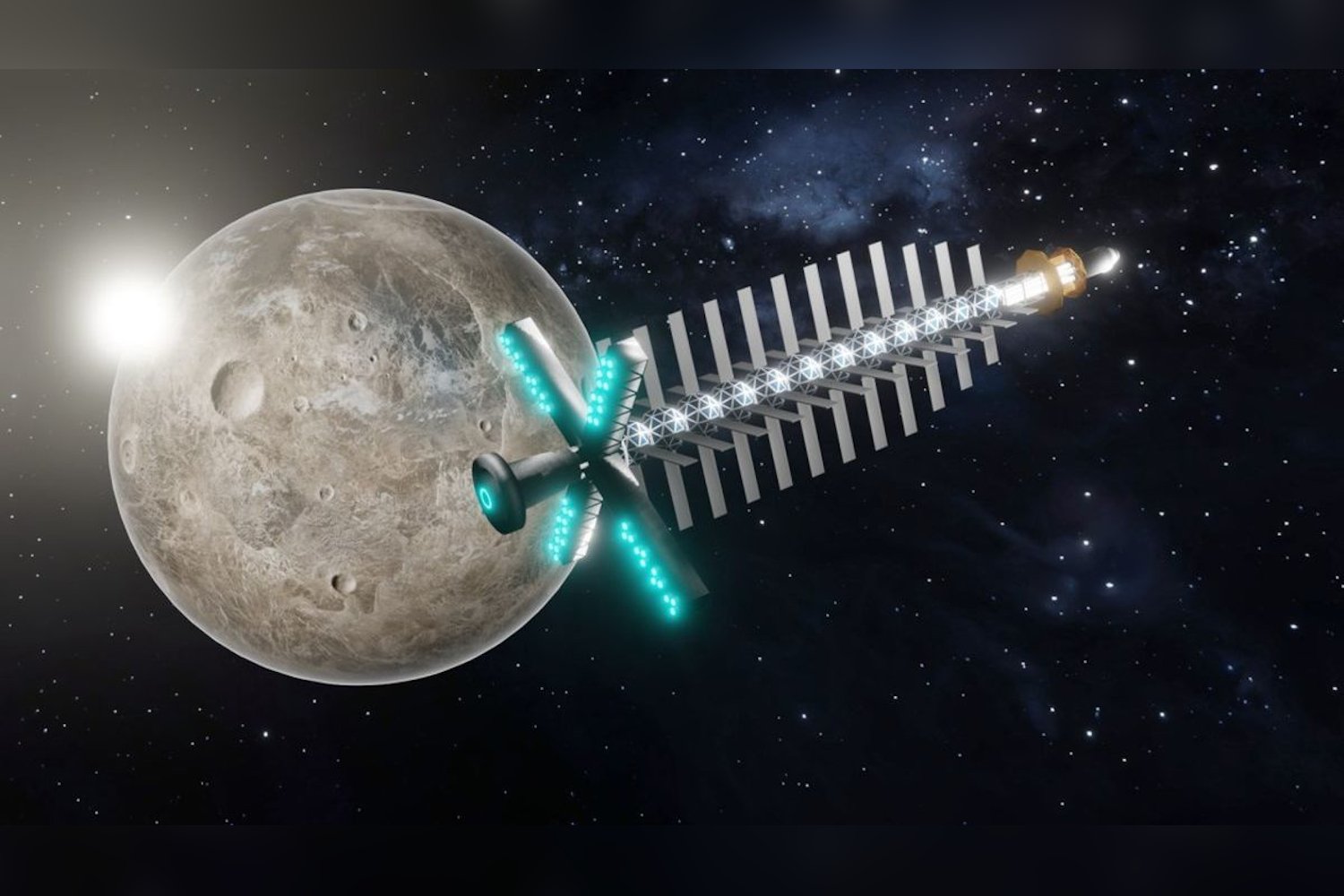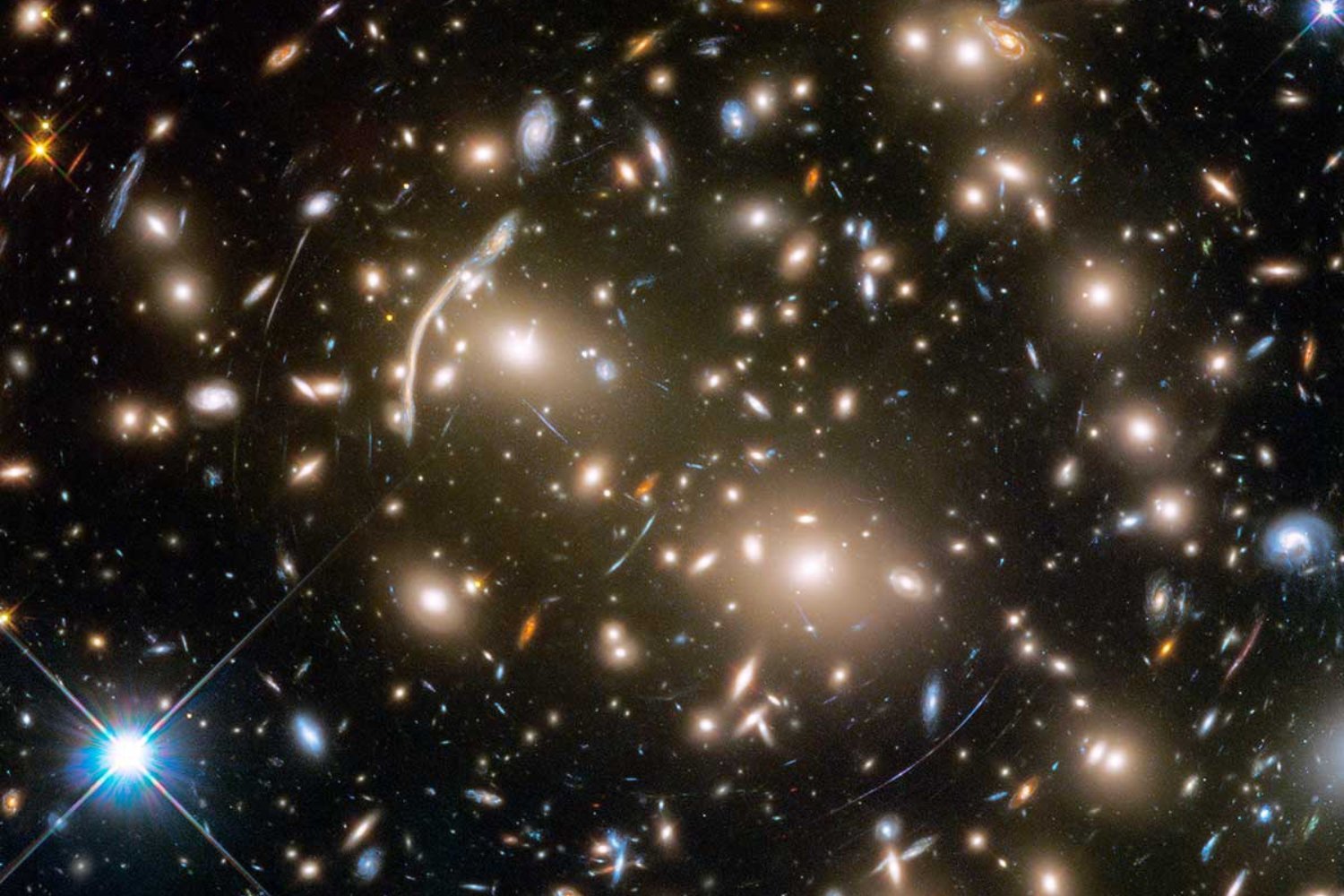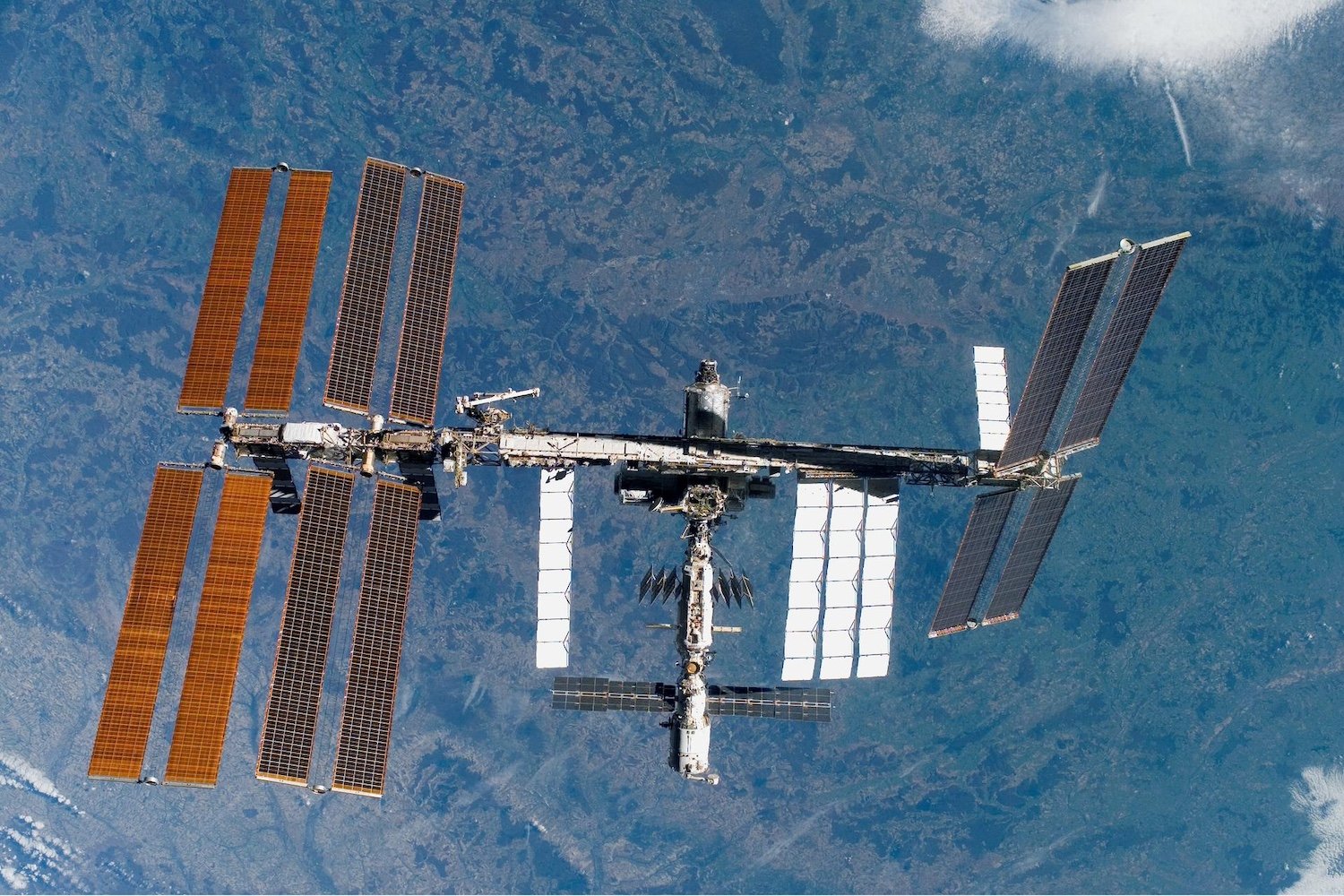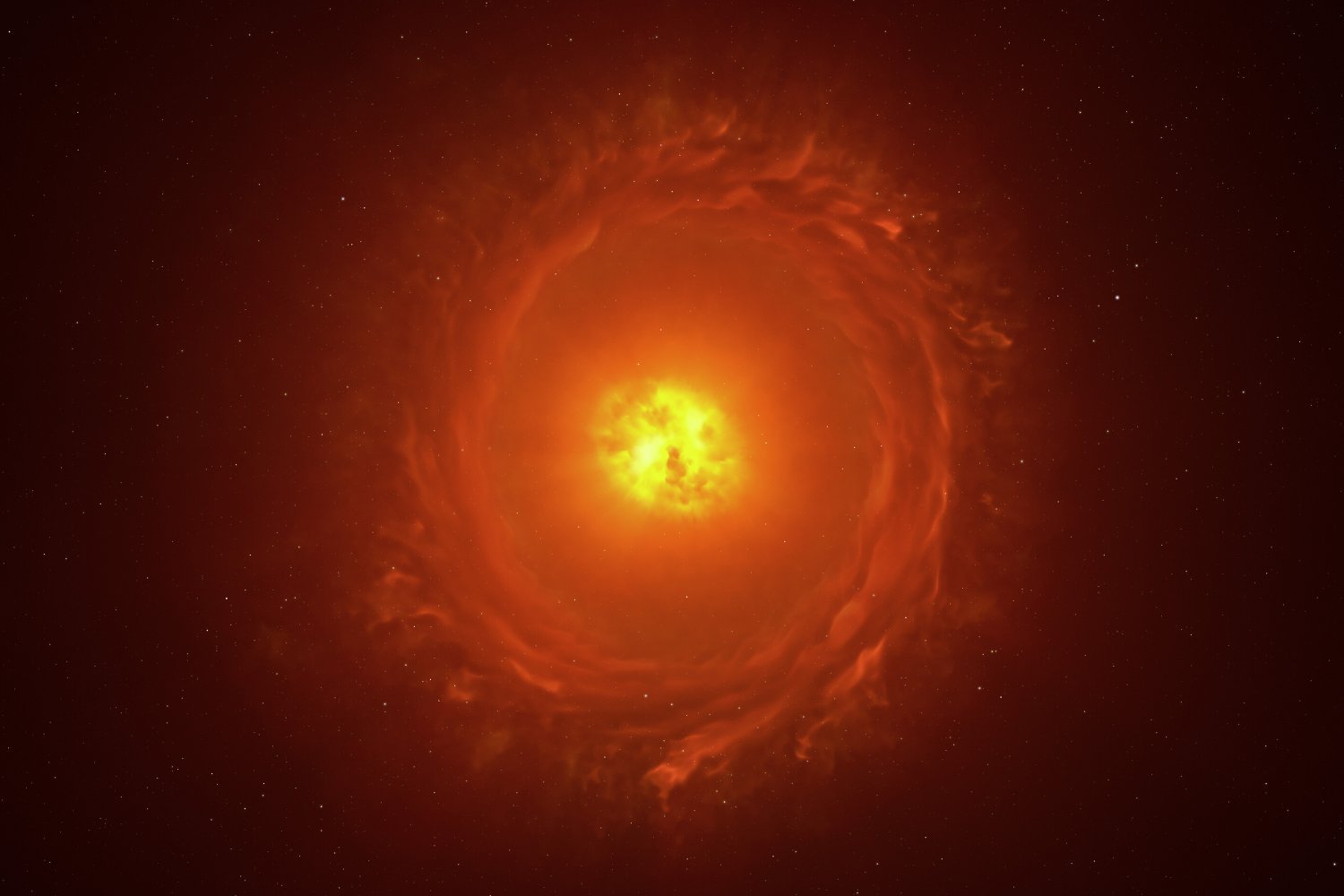In 1971, NASA’s Mariner 9 spacecraft reached Mars, only to find the planet shrouded in a thick veil of dust, a consequence of a colossal dust storm. These infamous storms, capable of engulfing the entire planet, pose a significant threat to Martian missions. Microscopic particles, propelled by fierce winds, blanket the surface, jeopardizing robotic explorers and potentially future human missions. Now, planetary scientists from the University of Colorado Boulder may have uncovered the surprising triggers behind these devastating events.
Sunny Skies, Stormy Future: The Paradox of Martian Weather
Presented at the American Geophysical Union meeting in Washington, their research suggests a counterintuitive connection between seemingly pleasant Martian weather and the onset of these dust storms. Utilizing data from NASA’s Mars Reconnaissance Orbiter, the team focused on the Mars Climate Sounder instrument, which has been diligently collecting atmospheric and terrain data for the past 15 years. Their analysis revealed a striking pattern: a sharp increase in surface temperatures often precedes major dust storms.
This surge in warmth, allowing more sunlight to penetrate Mars’ thin atmosphere, appears to be a key factor in triggering approximately two-thirds of the planet’s major dust storms. While establishing a definitive causal link remains a challenge, the researchers draw parallels with similar weather phenomena on Earth. Increased surface temperatures create buoyant air masses, which rise and carry dust particles into the atmosphere.
From Regional Dust Devils to Planet-Engulfing Storms: Understanding the Escalation
As Heshani Pieris, lead author of the study and a graduate student at CU Boulder’s Laboratory for Atmospheric and Space Physics, explains, “When you heat up the surface, the layer of atmosphere right above it becomes buoyant, and it can rise, taking dust with it. It’s almost like Mars has to wait for the air to get clear enough to form a major dust storm.” This seemingly paradoxical relationship between clear, sunny days and subsequent dust storms highlights the complex interplay of atmospheric dynamics on Mars.
While yearly regional storms are common, the true threat lies in the planet-encircling storms that occur roughly every three Martian years (equivalent to 5.5 Earth years). These monstrous storms can have devastating consequences, as witnessed in 2018 when the Opportunity rover succumbed to a global dust storm that obscured its solar panels.
Predicting the Unpredictable: The Importance of Dust Storm Forecasting
With NASA aiming for human missions to Mars by the 2030s, understanding and predicting these storms becomes paramount. Paul Hayne, co-author of the study and associate professor at CU Boulder, emphasizes the need to unravel the mechanisms driving storm escalation: “We need to understand what causes some of the smaller or regional storms to grow into global-scale storms. We don’t even fully understand the basic physics of how dust storms start at the surface.”
The research team acknowledges that their findings are just one piece of the puzzle. As Pieris notes, “This study is not the end all be all of predicting storms on Mars. But we hope it’s a step in the right direction.” Continuing to decipher the intricate weather patterns of Mars will be crucial for safeguarding future missions and ensuring the safety of human explorers on the Red Planet. This newfound understanding of the link between warm, sunny days and the potential for devastating dust storms brings us closer to unlocking the secrets of Martian meteorology.



